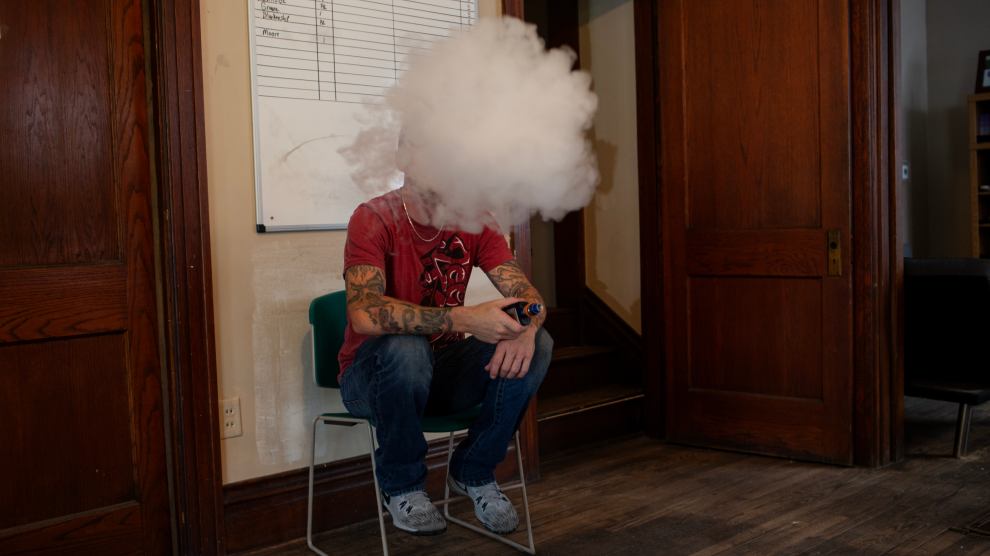At this point, it’s hard to understate how much of a bust the Obama administration’s Making Home Affordable program has been. As I’ve written before, the centerpiece of that initiative is the Home Affordable Modification Program, a $75 billion effort to work with lenders, servicers, and homeowners in order to lower home mortgage payments; when the program was rolled out in March, the administration projected it could help 3 to 4 million struggling homeowners.
Fast forward ten months to yesterday’s testimony by bailout chief Herb Allison. HAMP, Allison told the House financial services committee, has helped “thousands of borrowers” receive permanent changes to their mortgages. That’s it? Predicting this response, Allison went on to say, “Although we know that not every borrower will qualify for a permanent modification, we are disappointed in the permanent modification results thus far. We all need to do better at converting borrowers to permanent modifications.”
If you recall, the Congressional Oversight Panel, led by Elizabeth Warren, reported (PDF) this fall that as of September 1 the number of permanent modifications was a meager 1,711. For a program with $75 billion at its disposal. Bearing in mind the COP’s findings, if the total permanent modifications—i.e., real, sustainable help for homeowners—is still in the thousands as of Allison’s testimony yesterday, then maybe it’s time to state the obvious: This program is a failure. The administration should cut its losses, ditch HAMP, and find a better use for billions of taxpayer dollars in solving our still-roiling housing nightmare, where foreclosures remain at record levels and experts see the pain continuing well into 2010.
A senior director for Amherst Securities Group who testified alongside Allison yesterday said as much, insisting that HAMP won’t help a majority of the homeowners it was intended for. The director, Laurie Goodman, insisted that HAMP was “destined to fail,” adding, “If policies continue to kick the can down the road—working with a modification problem that does not address negative equity—delinquencies will continue to spiral with no end in sight.”
















